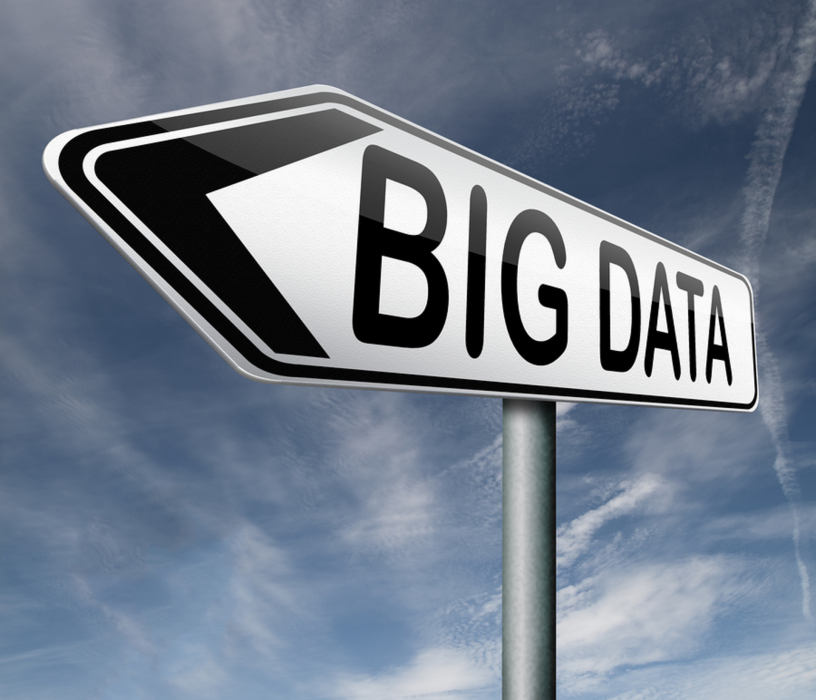Big Data continues to be a big point of conversation among marketers. We recently had the opportunity to sit down with a few chief marketing executives to discuss Big Data in four areas:
- What Big Data means to them
- How they use Big Data
- What type of results they’ve achieved by using Big Data
- How Big Data can add value in the future
We spoke with Brad Todd, principal at The Richards Group; Barry Judge, current CMO of Living Social and past CMO of Best Buy; and Paul Golden, previous CMO of Samsung Mobile.
What is Big Data?
First, before diving into the details of their experiences, we asked an open-ended question: What do you think when you hear the term ‘Big Data?’ Their responses included: hyperbole, cliché, lots of customers and interactions, complicated information, not actionable, just data that needs to be combined. Ouch. There were many opinions; most of them less than positive.
Big Data has been around for a long time—think grocery loyalty cards. But the term Big Data has only recently become a ubiquitous catch-all term used to define almost any large data set, regardless of how [or if] it’s used.
How do we define Big Data? It’s any large store of information that can be used to deliver value to a business and its customers. But Big Data is useless unless it’s collected, integrated, analyzed, and converted into insights that drive action to improve the customer experience.
How do you use Big Data?
Being with Richards Group since its inception, Brad Todd has seen a great deal of changes in how clients have used data. He recalls the proliferation of data after grocery stores introduced loyalty cards. Although grocers captured vast amounts of information about their customers—what they bought, how often they purchased, how they paid—very little of that data was used to improve the customer relationship. The data was primarily used for managing inventory and shelf space. Arguably, having fully stocked shelves does help the customer experience, but today retailers are using loyalty and other data for much more.
Barry Judge’s current company Living Social has used customer information to prioritize offers according to each customer’s purchase history and click behavior, making the customer experience much more relevant.
What kind of results have you seen when using Big Data?
At Samsung Mobile, Paul Golden used longitudinal data to prioritize key markets and tailor marketing efforts to improve brand preference versus a key competitor. The result was a swing from a relative score of -6 to +2 in USA-wide brand preference by focusing on only eight key markets. Big Data allowed Samsung Mobile to cost-effectively determine which markets would shift the overall brand preference score in their favor.
While CMO of Best Buy, Judge and his team analyzed vast amounts of customer data to zero-in on its highest value customers. They tailored all their marketing to best serve those customers and increase their engagement. Knowing its customers allowed Best Buy to offer the most relevant promotions across email and direct mail. Focusing on its most loyal customers led to those customers becoming even more loyal and spending more with Best Buy.
How can Big Data revolutionize marketing?
When we posed the question to our marketing executives about the future of Big Data in the marketing realm, they were excited about the possibilities and opportunities.
Golden would like to see Big Data used to truly personalize the customer experience. He recalled a men’s retailer whose salespeople would write your information, preferences, and measurements on index cards (similar to today’s preference centers). They would use this information to follow up with their customers whenever an item arrived in-store that might fit a customer’s needs. In this age of Big Data this type of information is available for millions of customers.
Creating a truly omnichannel experience, merging all Big Data from physical and digital channels would be the Holy Grail, according to Judge. Marketers who can combine store purchase data with online transactions and click behavior, plus email, mobile and social, throw in CRM and loyalty data, are well on their way to reaching this omnichannel goal. The key is integrating all that Big Data into something that allows the brand to speak to each customer as an individual, regardless of where she interacts with the brand.
Once marketers get past the hype and noise, Big Data can be extremely useful. Big Data can be a big deal in driving results for brands if used to improve customer interactions: set objectives; determine what data is needed to achieve those objectives; compile and analyze the data; and, finally, translate it into something valuable for your customers.
Amrit Kirpalani is founder and
CEO of Nectar Online Media







